- Home
- Robert Ludlum
The Lazarus Vendetta c-5 Page 3
The Lazarus Vendetta c-5 Read online
Page 3
“In other words, a classic cell structure.” Castilla said. “Orders move freely down the chain, but no one outside the group can easily penetrate to the inner core.”
Hanson nodded. “Correct. It's also the same structure adopted by any number of very nasty terrorist groups over the years. Al-Oaeda. Islamic Jihad. Italy's Red Brigades. Japan's Red Army. Just to name a few.”
“And you haven't had any luck in gaining access to the top echelons7” Castilla asked.
The CIA chief shook his head. “No, sir. Nor have the Brits or the French or anyone else. We've all tried, without success. And one by one, we've lost our best existing sources inside Lazarus. Some have resigned. Others have been expelled. A few have simplv vanished and are presumed dead.”
Castilla frowned. “People seem to have a habit ol disappearing around this bunch.”
“Yes, sir. A great many.” The CIA director left that uncomfortable truth hanging in the air.
* * *
Fifteen minutes later, the Director of Central Intelligence strode briskly out of the White House and down the steps of the South Portico to
a waiting black limousine. He slid into the rear seat, waited while a uniformed Secret Sen ice officer closed the car door behind him, and then punched the intercom. “Take me back to Langley,” he told his driver.
Hanson leaned back against the plush leather as the limousine accelerated smoothly down the drive and turned left onto Seventeenth Street. He looked at the stocky, square-jawed man sitting in the rear-facing jump seat across from him. “You're very quiet this afternoon. I lal.”
“You pay me to catch or kill terrorists,” Hal Burke said. “Not to play courtier.”
Amusement flickered briefly in the CIA chief's eyes. Burke was a senior officer on the Agency's counterterrorism staff. Right now he was assigned to lead the special task force on the Lazarus Movement. Twenty years of clandestine fieldwork had left him with a bullet scar down the right side ot his neck and a permanently cynical view of human nature. It was a view Hanson shared.
“Any luck?” Burke asked finally.
“None.”
“Slut.” Burke stared moodily out the limousine's rain-streaked windows. “Kit Pierson's going to throw a fit.”
Hanson nodded. Katherine Pierson was Burke's FBI counterpart. The pair had worked closely together to prepare the intelligence assessment he and Zeller had just shown the president. “Castilla wants us to push our investigation of the Movement as hard as possible, but he will not cancel his trip to the Teller Institute. Not without clearer evidence of a serious threat.”
Burke looked away from the window. His mouth was set in a thin, grim line. “What that really means is that he doesn't want The Washington Post, I he Yew York limes, and Fox Yews calling him gutless.”
“Would you?”
“No,” Burke admitted.
“Then you have twenty-four hours, Hal,” the CIA chief said. "1 need you and Kit Pierson to dig up something solid that I can take back to the
White House. Otherwise, Sam Castilla is flying to Santa Fe to confront those protesters head-on. You know what this president is like."
“He's one stubborn son of a bitch,” Burke growled.
“Yes, he is.”
“So be it,” Burke said. He shrugged. “1 just hope it doesn't get him killed this time.”
Chapter Three
Teller Institute for Advanced Technology
Jon Smith took the wide, shallow steps to the Institute's upper floor two at a time. Running up and down its three main staircases was pretty much the only exercise he had time for now. The long days and occasional nights he spent in the various nanotechnology labs were cutting into his usual workout routine.
He reached the top and paused for a moment, pleased to note that both his breathing and his heart rate were perfectly normal. The sun slanting through the stairwell's narrow windows felt comfortably warm on his shoulders. Smith glanced at his watch. The senior researcher for Har-court Biosciences had promised him “one seriously cool demonstration” of their most recent advances in five minutes.
Up here, the routine hum from below — phones ringing, keyboards clicking and clattering, and people talking — fell away to a cathedral-like hush. The Teller Institute kept its administrative offices, cafeteria, computer center, staff lounges, and science library on the first floor. The upper level was reserved for the lab suites allotted to different research teams. Like its rivals from the Institute itself and Nomura PharmaTech, Harcourt had its facilities in the North Wing.
Smith turned right into a wide corridor that ran the whole length of the I-shaped building. Polished earth brown floor tiles blended comfortably with off-white adobe walls. At regular intervals, nichos, small niches with rounded tops, displayed paintings of famous scientists — Fermi, Newton, Feynman, Drexler, Einstein, and others — commissioned from local artists. Between the nichos stood tall ceramic vases filled with brilliant yellow chamisa and pale purple aster wildflowers. If you ignored the sheer size of this place, Smith thought, it looked just like the hall of a private Santa Fe home.
He came to the locked door outside the Harcourt lab and swiped his ID card through the adjacent security station. The light on top flashed from red to green and the lock clicked open. His card was one of the relatively few coded for access to all restricted areas. Rival scientists and technicians were not permitted to stray into one another's territory. While trespassers were not shot, they were issued immediate one-way tickets out of Santa Fe. The Institute took its obligation to protect intellectual property rights very seriously.
Smith stepped through the door and immediately entered a very different world. Here the polished wood and textured adobe of courtly old Santa Fe gave way to the gleaming metal and tough composite materials of the twenty-first century. The elegance of natural sunlight and recessed lighting surrendered to the glare of overhead fluorescent strip lights. These lights had a very high ultraviolet component — just to kill surface germs. A small breeze tugged at his shirt and whispered through his dark hair. The nanotech laboratory suites were kept under positive pressure to minimize the risk of any airborne contaminants from the public areas of the building. Ultra-efficient particulate air — or “ULPA” — filters fed in purified air at a constant temperature and humidity.
The Harcourt lab suite was arranged as a series of “clean rooms” of increasing rigor. This outer rim was an office area, crammed full of desks and workstations piled high with reference books, chemical and equipment catalogs, and paper printouts. Along the east wall, blinds were drawn across a floor-to-ceiling picture window, obscuring what would otherwise be a spectacular view of the Sangre de Cristo Mountains.
Farther inside the suite came a control and sample preparation area. Here were black-topped lab benches, computer consoles, the awkward bulk of two scanning tunneling electron microscopes, and the other equipment needed to oversee nanotech design and production processes.
The true “holy of holies” was the inner core: visible only through sealed observation windows on the far wall. This was a chamber full of mirror-bright stainless steel tanks; mobile equipment skids loaded with pumps, valves, and sensor devices; vertically mounted disk frames for osmotic filters; and stacked Lucite cylinders packed with various grades of purification gels, all connected with looping lengths of clear, silastic tubing.
Smith knew that the core could be reached only through a succession of air locks and gowning roofhs. Anyone working inside the production chamber had to wear fully sterile coveralls, gloves and boots, and an air-displacement breather helmet. He smiled wryly. If the Lazarus Movement activists camped outside ever saw anyone wearing that alien-looking getup, it would confirm all their worst fears about mad scientists toying with deadly toxins.
In truth, of course, the real situation was exactly the reverse. In the world of nanotechnology, humans were the source of danger and contamination. A falling flake of skin, a hair follicle, the wafted particles of moisture br
eathed out in casual conversation, and the shotgun blast of a sneeze all could wreak havoc on the nanoscale, releasing oils, acids, alka-lines, and enzymes that could poison the manufacturing process. Humans were also a rich source of bacteria: fast-growing organisms that would consume production broths, clog filters, and even attack the developing nanodevices themselves.
Fortunately, most of the necessary work could be done remotely from outside the core and the control and sample preparation chambers. Robotic manipulators, computer-controlled motorized equipment skids, and other innovations greatly reduced the need for humans to enter the “clean rooms.” The incredible level of automation in its lab suites was one of the Teller Institute's most popular innovations, since it gave scientists and technicians far more freedom of movement than at other facilities.
Smith threaded through the maze of desks in the outer room, making his way toward Dr. Philip Brinker, the senior scientist for Harcourt Bio-sciences. The tall, pale, rail-thin researcher had his back to the entrance, so intently studying the image relayed from a scanning electron microscope that he didn't catch Jon's cat-quiet approach.
Brinker's chief assistant, Dr. Ravi Parikh, was more alert. The shorter, darker molecular biologist looked up suddenly. He opened his mouth to warn his boss, then closed it with a shy smile when Smith winked at him and motioned for silence.
Jon stopped just two feet behind the two researchers and stood at ease.
“Damn, that looks nice, Ravi,” Brinker said, still peering at the image on the screen in front of him. “Man, I bet our favorite DoD spook is gonna bow down before us when he sees this.”
This time Smith did not bother hiding his grin. Brinker always called him a spook — a spy. The Harcourt scientist meant it as a joke, a kind of running gag about Smith's role as an observer for the Pentagon, but Brinker had no clue as to just how close that was to the truth.
The fact was that Jon was more than just an Army officer and scientist. From time to time he took on missions for Covert-One, a top-secret intelligence outfit reporting directly to the president. Covert-One worked in the shadows, so far back in the shadows that no one in Congress or the of-' ficial military-intelligence bureaucracy even knew it existed. Fortunately, Jon's work here at the Institute was purely scientific in nature.
Smith leaned forward, looking right over the senior Harcourt scientist's shoulder. “So what is it exactly that's going to make me worship the ground you walk on, Phil?”
Startled, Brinker jumped six inches in the air. “Jesus Christ!” He spun round. “Colonel, you pull that ghost act on me just one more time and I swear to God I'm gonna drop dead right in front of you! Then how would you feel?”
Smith laughed. “Sorry, I guess.”
“Sure you would,” Brinker grumbled. Then he brightened. “But since I'm not dead, despite your best efforts, you can take a look at what Ravi and I have cooked up today. Feast your eyes on the not-yet-patented Mark Two Brinker-Parikh nanophage, guaranteed to zap cancer cells, dangerous bacteria, and other internal nasties… most of the time, anyway.”
Smith moved closer and studied the hugely magnified black-and-white image on the monitor. It showed a spherical semiconductor shell packed with an assortment of complex molecular structures. A scale indicator on one side of the screen told him he was looking at an assembly that was just two hundred nanometers in diameter.
Smith was already familiar with the Harcourt research team's general concept. Brinker and Parikh and the others were focused on creating medical nanodevices — their “nanophages” — that would hunt down and kill cancer cells and disease-causing bacteria. The interior of the sphere he was examining should be loaded with the biochemical substances — phosphatidylserine and other costimulator molecules, for example — needed either to trick the target cells into committing suicide or to mark them for elimination by the body's own immune system.
Their Mark I design had failed in early animal testing because the nanophages themselves were destroyed by the immune system before they could do their work. Since then Jon knew the Harcourt scientists had been evaluating different shell configurations and materials, trying hard to find a combination that would be effectively invisible to the body's natural defenses. And for months the magic formula had eluded them.
He glanced up at Brinker. “This looks almost identical to your Mark One configuration. So what have you changed?”
“Take a closer look at the shell coating,” the blond-haired Harcourt scientist suggested.
Smith nodded and took over the microscope controls. He tapped the keypad gently, slowly zooming in on a section of the outer shell. “Okay,” he said. “It's bumpy, not smooth. There's a thin molecular coating of some kind.” He frowned. “The structure of that coating looks hauntinglv familiar… but where have I seen it before?”
“The basic idea came to Ravi here in a flash,” the tall, blond-haired researcher explained. “And like all great ideas it's incredibly simple and freaking obvious… at least after the fact.” He shrugged. “Think about one particularly bad little mother of a bacterium — resistant staphylococcus aureus. How does it hide from the immune system?”
“It coats its cell membranes in polysaccharides,” Smith said promptly. He looked at the screen again. “Oh, for Pete's sake…”
Parikh nodded complacently. “Our Mark Twos are essentially sugar-coated. Just like all the best medicines.”
Smith whistled softly. “That is brilliant, guys. Absolutely brilliant!”
“With all due modesty, you are right about that,” Brinker admitted. He laid one hand on the monitor. “That beautiful Mark Two you see here should do the trick. In theory, anyway.”
“And in practice?” Smith asked.
Ravi Parikh pointed toward another high-resolution display — this one the size of a wide-screen television. It showed a double-walled glass box secured to a lab table in an adjoining clean room. “That is just what we are about to find out, Colonel. We have been working almost nonstop for the past thirty-six hours to produce enough of the new design nanophages for this test.”
Smith nodded. Nanodevices were not built one at a time with microscopic tweezers and drops of subatomic glue. Instead, they were manufactured by the tens of millions or hundreds of millions or even billions, using biochemical and enzymatic processes precisely controlled by means of pH, temperature, and pressure. Different elements grew in different chemical solutions under different conditions. You started in one tank, formed the basic structure, washed away the excess, and then moved your materials to a new chemical bath to grow the next part of the assembly. It required constant monitoring and absolutely precise timing.
The three men moved closer to the monitor. A dozen white mice occupied the clear double-walled container. Half of the mice were lethargic, riddled with lab-induced tumors and cancers. The other six, a healthy control group, scampered here and there, looking for a way out. Numbered and color-coded tags identified each mouse. Video cameras and a variety of other sensors surrounded the box, ready to record every event once the experiment began.
Brinker pointed to a small metal canister attached to one end of the test chamber. “There they are, Jon. Fifty million Mark Two nanophages all set to go, plus or minus five million either way.” He turned to one of the lab techs hovering close by. “Have our little furry friends had their shots, Mike?”
The technician nodded. “Sure thing, Dr. Brinker. I did it myself just ten minutes ago. One good jab for each of them.”
“The nanophages go in inert,” Brinker explained. “Their internal ATP power cell only lasts so long, so we surround that section with a protective sheath.”
Smith understood the reason for that. ATP, adenosine triphosphate, was a molecule that provided energy for most metabolic processes. But ATP would begin releasing its energy as soon at it came in contact with liquid. And all living creatures were mostly liquid. “So the injection is a kick start?” he asked.
“That's right,” Brinker confirmed. “We
inject a unique chemical signal into each test subject. Once a passive sensor on the nanophage detects that signal, the sheath opens, and the surrounding liquid activates the ATP. Our little machines light up and off they go on the hunt.”
“Then your sheath also acts as a fail-safe,” Smith realized. “Just in case any of the Mark Twos wind up where they aren't supposed to be — say inside one of you, for example.”
“Exactly,” Brinker agreed. “No unique chemical signature… no nanophage activation.”
Parikh was less certain about that.
“There is a small risk,” the shorter molecular biologist warned. “There is always a certain error rate in the nanophage build process.”
“Which means sometimes the sheath doesn't form properly? Or the sensor is missing or set to receive the wrong signal? Or maybe you wind up with the wrong biochemical substances stored inside the phage shell?”
“Stuff like that,” Brinker said. “But the error percentage is very small. Ridiculously tiny. Heck, almost nil.” He shrugged. “Besides, these things are programmed to kill cancer cells and nasty bacteria. Who really cares if a few strays go wandering around inside the wrong target for a couple of minutes?”
Smith raised a skeptical eyebrow. Was Brinker serious? Low risk or not, the senior Harcourt scientist's attitude seemed just a bit too cavalier. Good science was the art of taking infinite pains. It did not mean writing off potential safety hazards, no matter how small.
The other man saw his expression and laughed. “Don't sweat it, Jon. I'm not crazy. Well, not completely, anyway. We keep our nanophages on a damned tight leash. They're well and truly contained. Besides, I've got Ravi here to keep me on the straight and narrow. Okay?”

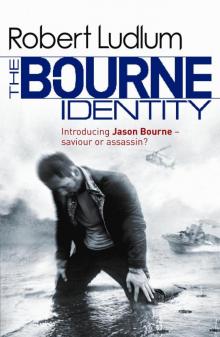 The Bourne Identity
The Bourne Identity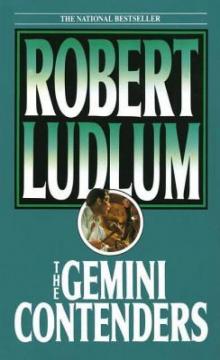 The Gemini Contenders: A Novel
The Gemini Contenders: A Novel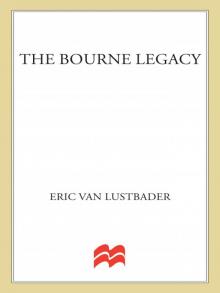 The Bourne Legacy
The Bourne Legacy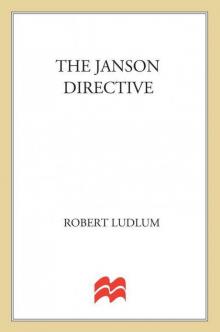 The Jason Directive
The Jason Directive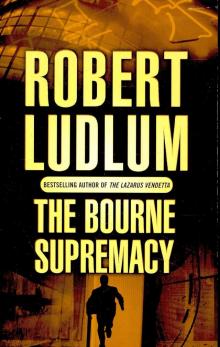 The Bourne Supremacy
The Bourne Supremacy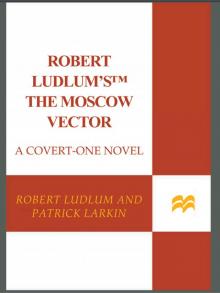 The Moscow Vector
The Moscow Vector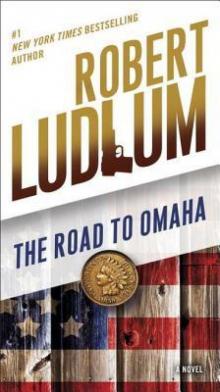 The Road to Omaha: A Novel
The Road to Omaha: A Novel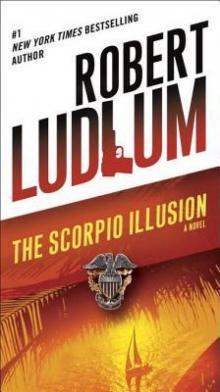 The Scorpio Illusion: A Novel
The Scorpio Illusion: A Novel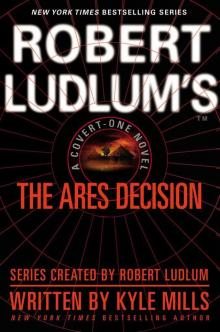 The Ares Decision
The Ares Decision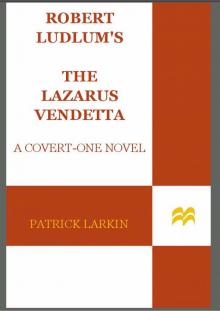 Robert Ludlum's the Lazarus Vendetta
Robert Ludlum's the Lazarus Vendetta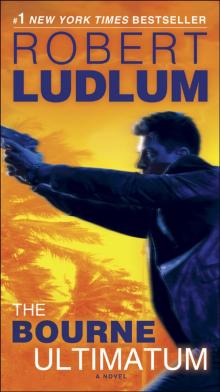 The Bourne Ultimatum
The Bourne Ultimatum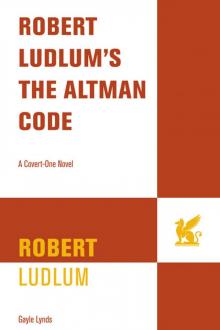 The Altman Code
The Altman Code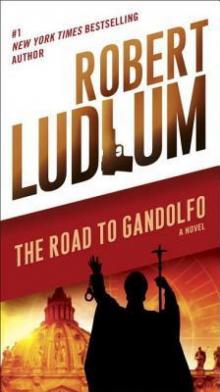 The Road to Gandolfo: A Novel
The Road to Gandolfo: A Novel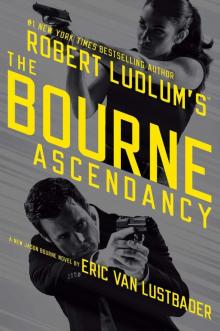 The Bourne Ascendancy
The Bourne Ascendancy The Matarese Countdown
The Matarese Countdown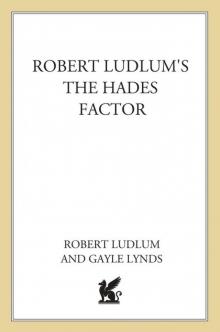 The Hades Factor
The Hades Factor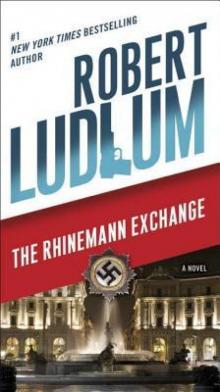 The Rhinemann Exchange: A Novel
The Rhinemann Exchange: A Novel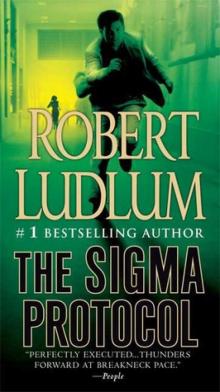 The Sigma Protocol
The Sigma Protocol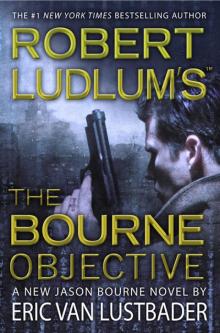 The Bourne Objective
The Bourne Objective The Bourne Sanction
The Bourne Sanction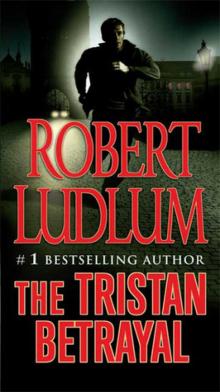 The Tristan Betrayal
The Tristan Betrayal The Janus Reprisal
The Janus Reprisal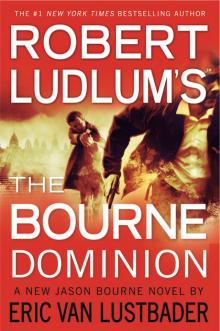 The Bourne Dominion
The Bourne Dominion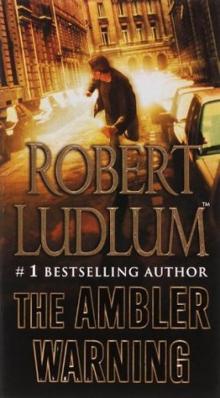 The Ambler Warning
The Ambler Warning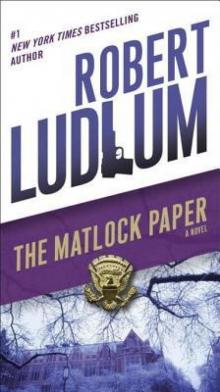 The Matlock Paper
The Matlock Paper The Bourne Initiative
The Bourne Initiative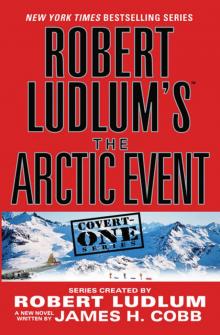 The Arctic Event
The Arctic Event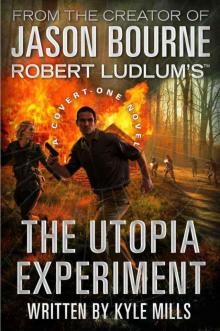 The Utopia Experiment
The Utopia Experiment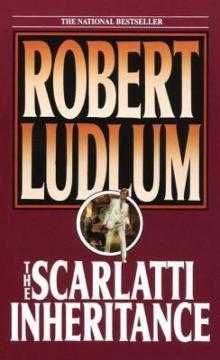 The Scarlatti Inheritance
The Scarlatti Inheritance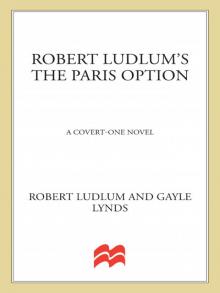 The Paris Option
The Paris Option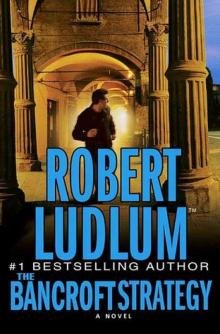 The Bancroft Strategy
The Bancroft Strategy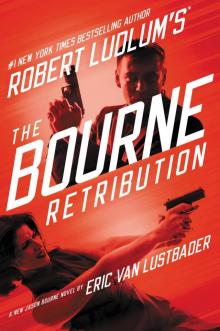 The Bourne Retribution
The Bourne Retribution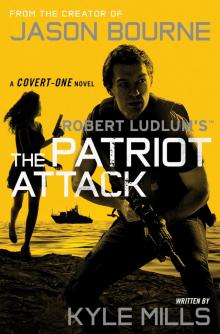 The Patriot Attack
The Patriot Attack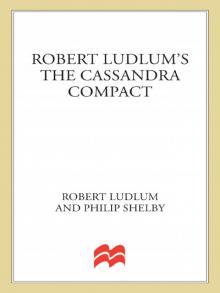 The Cassandra Compact
The Cassandra Compact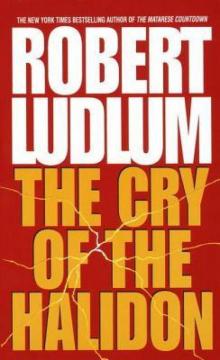 The Cry of the Halidon: A Novel
The Cry of the Halidon: A Novel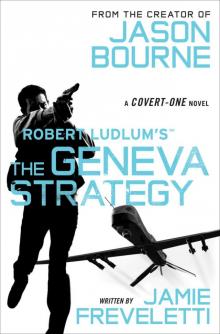 The Geneva Strategy
The Geneva Strategy The Bourne Deception
The Bourne Deception The Apocalypse Watch
The Apocalypse Watch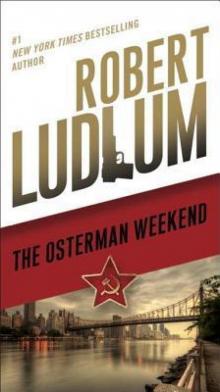 The Osterman Weekend: A Novel
The Osterman Weekend: A Novel The Matarese Circle
The Matarese Circle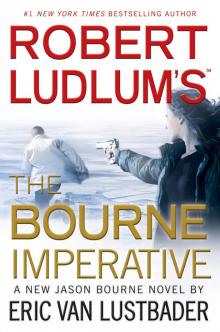 The Bourne Imperative
The Bourne Imperative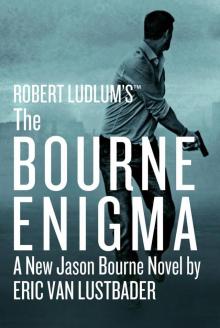 The Bourne Enigma
The Bourne Enigma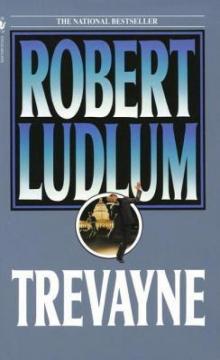 Scruff
Scruff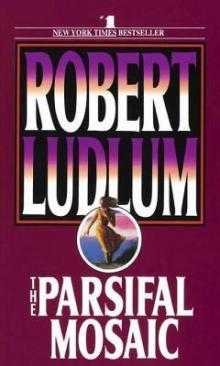 The Parsifal Mosaic
The Parsifal Mosaic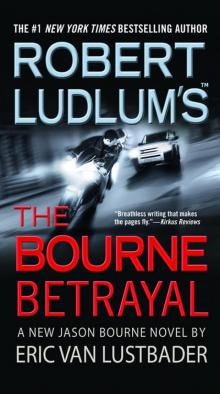 The Bourne Betrayal
The Bourne Betrayal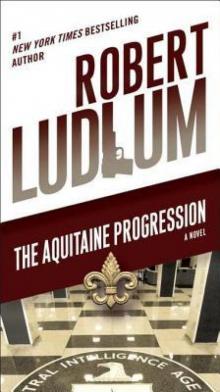 The Aquitaine Progression: A Novel
The Aquitaine Progression: A Novel The Icarus Agenda
The Icarus Agenda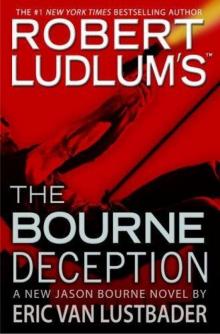 Bourne 7 – The Bourne Deception jb-7
Bourne 7 – The Bourne Deception jb-7 The Lazarus Vendetta
The Lazarus Vendetta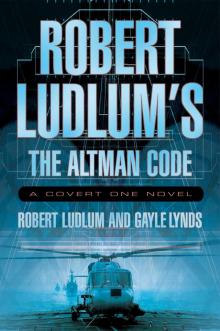 The Altman Code - Covert One 04
The Altman Code - Covert One 04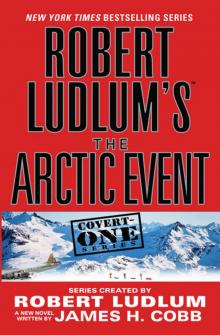 Robert Ludlum's The Arctic Event
Robert Ludlum's The Arctic Event The Lazarus Vendetta c-5
The Lazarus Vendetta c-5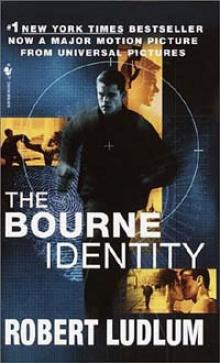 The Bourne Identity jb-1
The Bourne Identity jb-1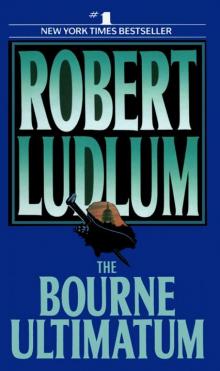 The Bourne Ultimatum jb-3
The Bourne Ultimatum jb-3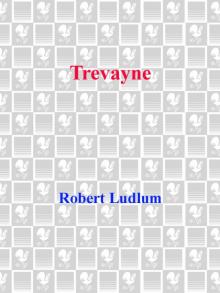 Trevayne
Trevayne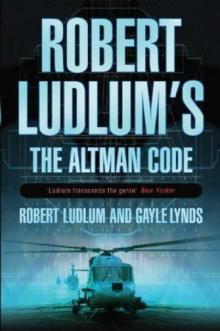 The Altman Code c-4
The Altman Code c-4 The Scorpio Illusion
The Scorpio Illusion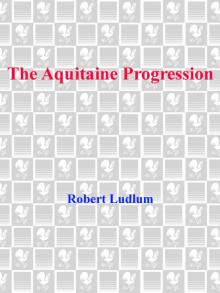 The Aquitaine Progression
The Aquitaine Progression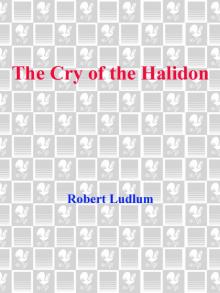 The Cry of the Halidon
The Cry of the Halidon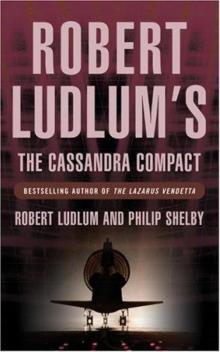 The Cassandra Compact c-2
The Cassandra Compact c-2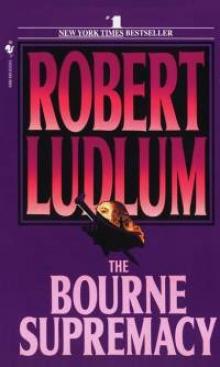 The Bourne Supremacy jb-2
The Bourne Supremacy jb-2 The Rhinemann Exchange
The Rhinemann Exchange The Chancellor Manuscript
The Chancellor Manuscript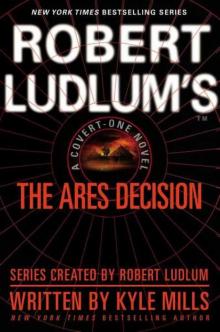 The Ares Decision c-8
The Ares Decision c-8 The Road to Gandolfo
The Road to Gandolfo The Prometheus Deception
The Prometheus Deception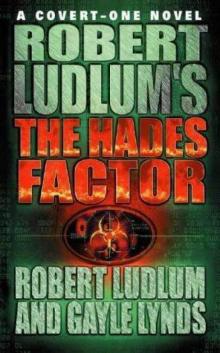 The Hades Factor c-1
The Hades Factor c-1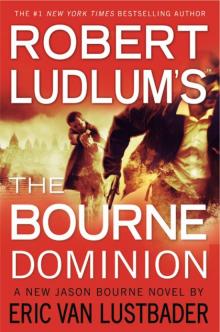 Robert Ludlum’s™ The Bourne Dominion
Robert Ludlum’s™ The Bourne Dominion The Gemini Contenders
The Gemini Contenders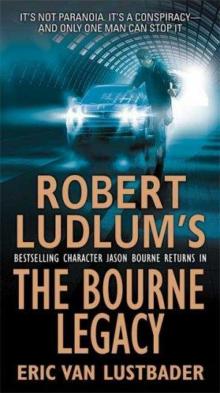 Bourne 4 - The Bourne Legacy
Bourne 4 - The Bourne Legacy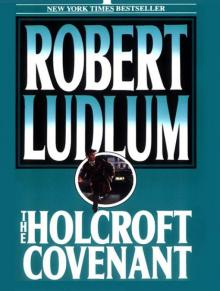 The Holcroft Covenant
The Holcroft Covenant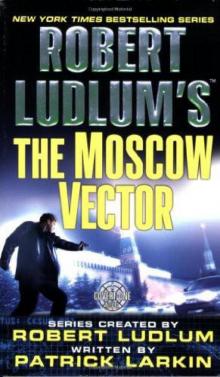 The Moscow Vector c-6
The Moscow Vector c-6